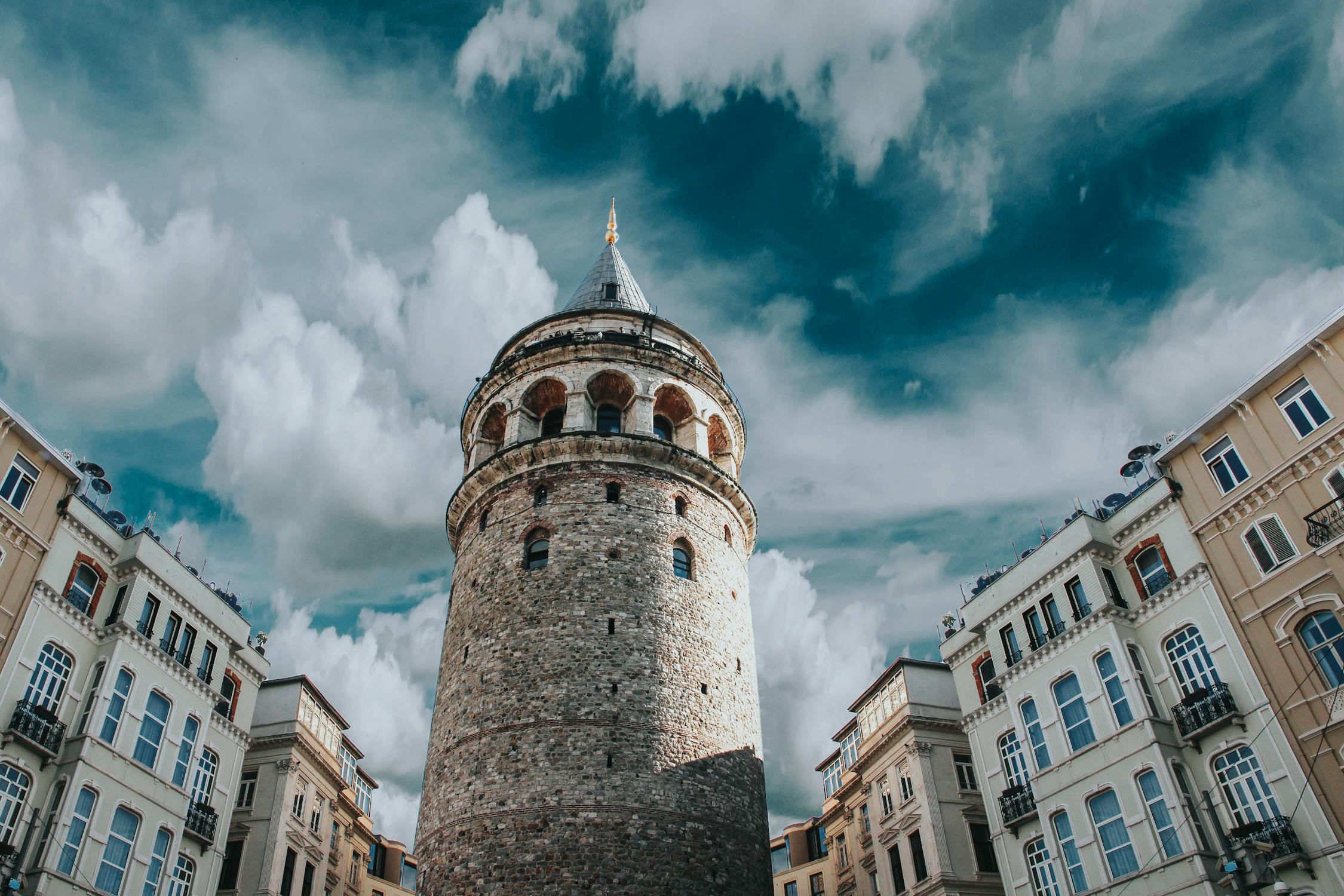Discovering the Historic Sites of Istanbul

Istanbul, a city that straddles two continents, is a treasure trove of history and culture. The city's unique position at the crossroads of Europe and Asia has made it a melting pot of civilizations, with a rich tapestry of historic sites that span millennia. From Byzantine churches to Ottoman palaces, Istanbul offers a glimpse into the past that few other cities can match. This article delves into some of the most iconic historic sites in Istanbul, providing insights into their significance and what makes them must-visit landmarks.
Hagia Sophia: A Monumental Legacy
The Hagia Sophia stands as a testament to Istanbul's complex history. Originally built as a cathedral in 537 AD during the reign of Byzantine Emperor Justinian I, it was later converted into a mosque after the Ottoman conquest in 1453. Today, it serves as a museum that showcases its diverse heritage.
Visitors are often awestruck by its massive dome, intricate mosaics, and historical artifacts that reflect both Christian and Islamic influences. The Hagia Sophia’s architectural brilliance has inspired countless structures around the world, making it an enduring symbol of Istanbul's historical significance.
For those planning to visit, it's advisable to allocate at least two hours to fully appreciate the grandeur and historical depth of this iconic monument. Early morning visits are recommended to avoid crowds.
Topkapi Palace: The Heart of the Ottoman Empire
Topkapi Palace served as the primary residence of Ottoman sultans for nearly 400 years. Constructed in 1459 by Sultan Mehmed II, the palace complex is an impressive example of Ottoman architecture and offers a glimpse into the opulent lifestyle of the sultans.
The palace is divided into several sections, including the Imperial Harem, the Treasury, and various courtyards. Each section houses invaluable artifacts such as the Topkapi Dagger and the Spoonmaker's Diamond. These treasures provide insight into the wealth and power wielded by the Ottoman rulers.
Visitors can also enjoy panoramic views of the Bosphorus from the palace grounds, making it not just a historical site but also a scenic spot. Guided tours are available and highly recommended for those interested in deepening their understanding of Ottoman history.
The Blue Mosque: An Architectural Marvel
Known for its stunning blue tiles that adorn its interior walls, the Blue Mosque (Sultan Ahmed Mosque) is one of Istanbul's most famous landmarks. Completed in 1616 under Sultan Ahmed I, this mosque continues to function as a place of worship while also welcoming tourists from around the world.
The mosque features six minarets and a series of domes and semi-domes that create an impressive silhouette against Istanbul's skyline. Inside, visitors can admire intricate tilework, calligraphy, and stained glass windows that flood the space with colorful light.
As it is an active mosque, visitors are required to follow certain etiquette such as removing shoes and dressing modestly. The best time to visit is during non-prayer hours to fully appreciate its beauty without disrupting worshippers.
Basilica Cistern: An Underground Wonder
The Basilica Cistern is one of Istanbul's most intriguing historic sites. Built in 532 AD during Emperor Justinian I's rule, this subterranean structure was designed to store water for the Great Palace of Constantinople. Today, it stands as a marvel of ancient engineering.
The cistern's vast underground chamber is supported by 336 marble columns arranged in 12 rows. The dim lighting and reflective waters create an eerie yet captivating atmosphere. Among its notable features are two Medusa head columns, whose origins remain a mystery but add to the cistern's allure.
- Location: Near Hagia Sophia
- Opening Hours: 9 AM - 5 PM
- Entrance Fee: Approximately $5 USD
Galata Tower: A Panoramic Viewpoint
Constructed in 1348 during the Genoese colony era, Galata Tower offers one of the best panoramic views of Istanbul. Standing at about 67 meters high, this medieval stone tower has served various purposes over centuries, including as a watchtower and fire observatory.
Today, it is a popular tourist attraction where visitors can take an elevator to an observation deck that provides stunning views of both European and Asian sides of Istanbul. The tower also houses a café where guests can enjoy traditional Turkish tea while soaking in the scenery.
A visit to Galata Tower is best timed around sunset for breathtaking views over the Golden Horn and Bosphorus Strait. It’s advisable to arrive early as queues can get long during peak tourist season.
| Historic Site | Year Built | Significance |
|---|---|---|
| Hagia Sophia | 537 AD | Architectural marvel blending Christian and Islamic influences |
| Topkapi Palace | 1459 AD | Primary residence of Ottoman sultans for nearly 400 years |
| Blue Mosque | 1616 AD | Famous for its stunning blue tiles and six minarets |
| Basilica Cistern | 532 AD | Ancient underground water storage system with Medusa heads |
| Galata Tower | 1348 AD | Panoramic views of Istanbul from this medieval stone tower |